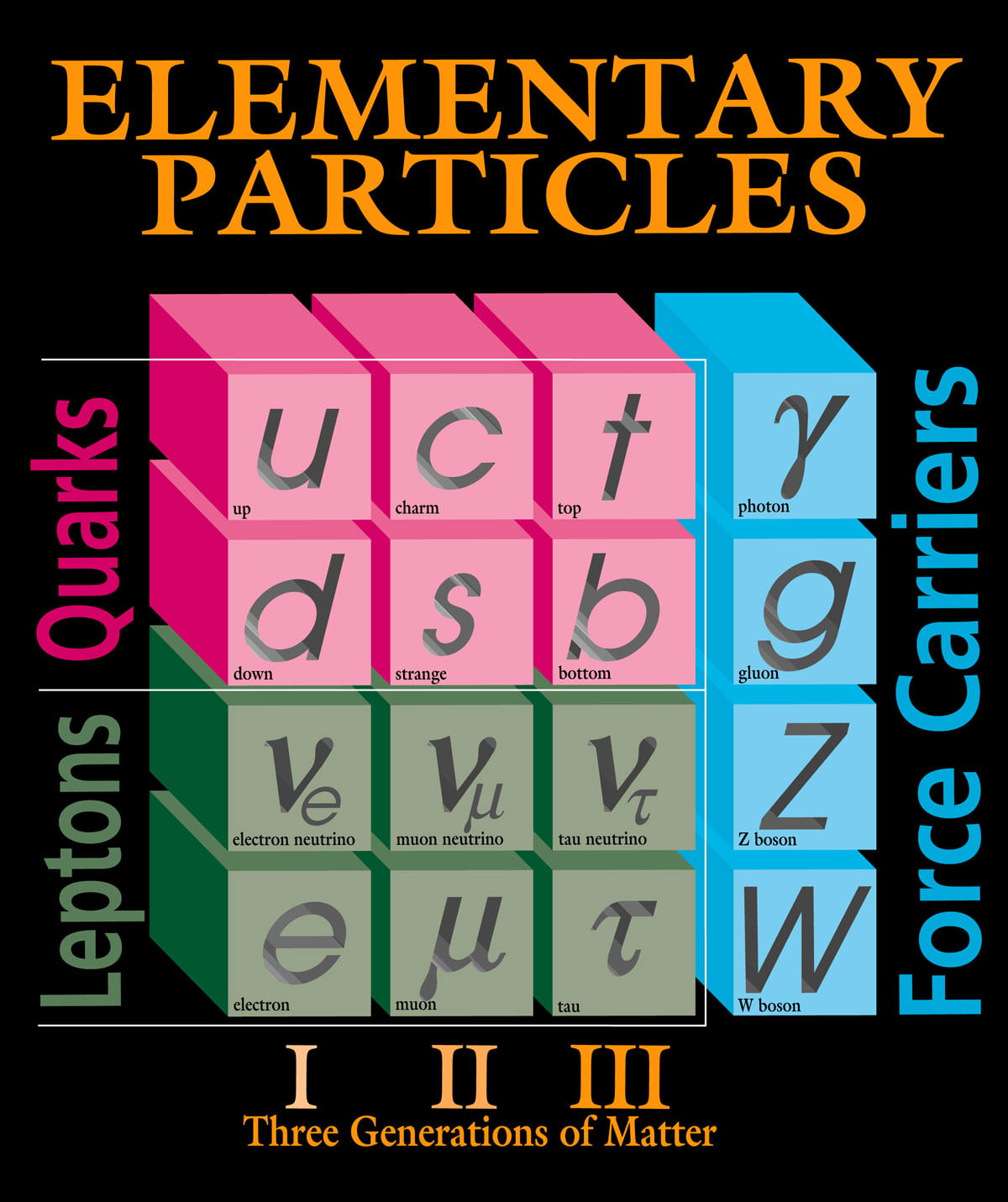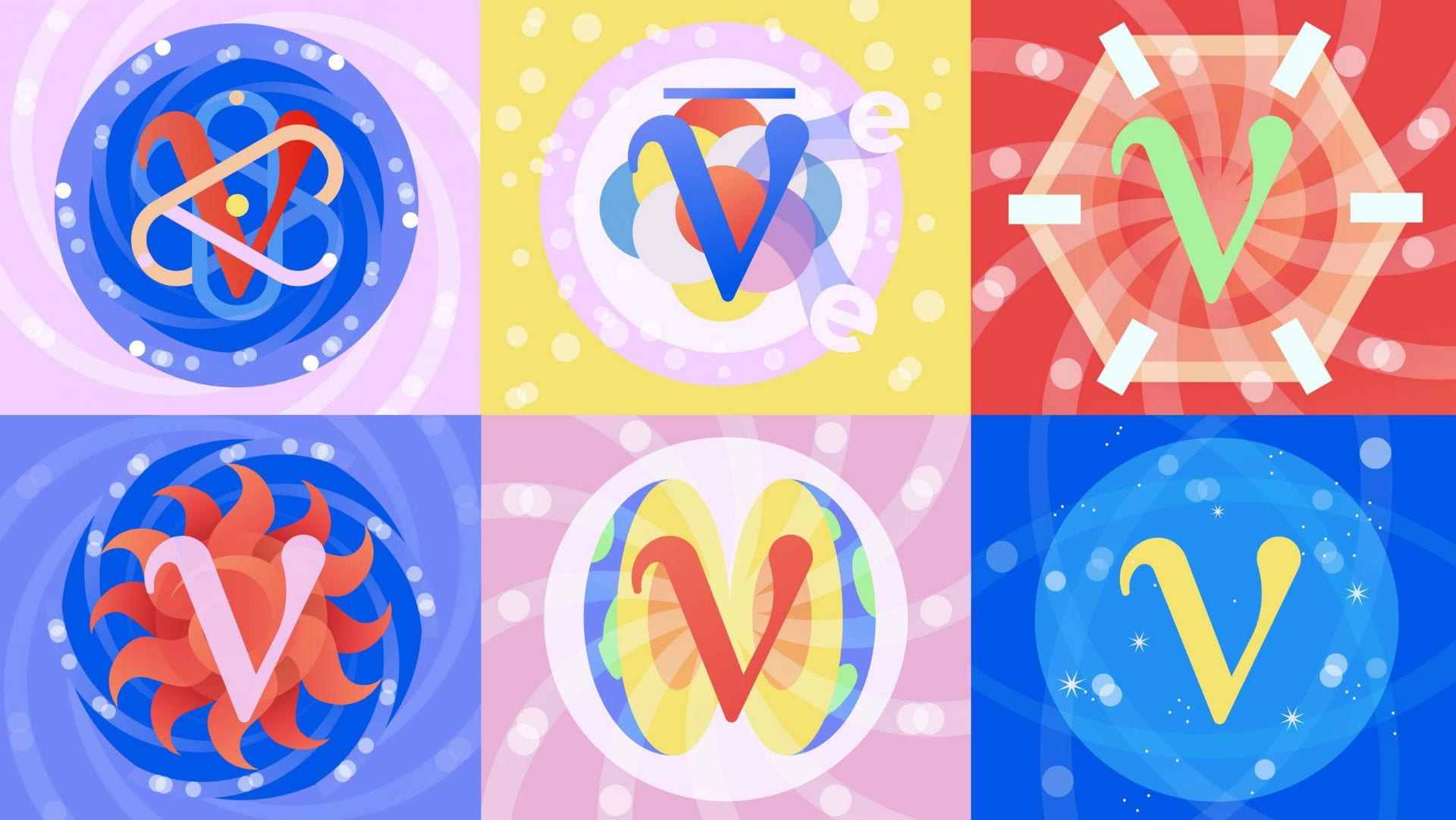About Our Research
The Physics of Neutrinos


Our research focuses on exploring the properties of neutrinos, the lightest of the matter particles in the Standard Model of elementary particles. While light, these elusive particles are hugely abundant in our universe. The study of neutrinos has revealed deep insights and unexpected surprises in fundamental physics for half a century. The discovery of neutrino oscillations, for example, which won the Nobel Prize in Physics in 2015, has been one of the most important discoveries in particle physics of the past few decades.
The phenomenon of neutrino oscillations provides an opportunity for further exploration of fundamental questions in particle physics. Do neutrinos and antineutrinos behave differently in a way that could help us understand why the universe became dominated by matter instead of antimatter (known as CP symmetry violation)? Could neutrino oscillations provide a window onto an otherwise ‘dark sector’ of fundamental matter. Our current projects focus on testing one such possibility, known as sterile neutrinos.
One important experimental technique in neutrino research involves creating intense beams of neutrinos at particle accelerator facilities and aiming them at detectors over both short (hundreds of meters) and long (hundreds of kilometers) distances. Our current research involves on-going and future neutrino experiments at Fermilab, located one hour from the University of Chicago campus.
MicroBooNE experiment is an 86 ton liquid argon time projection chamber (LArTPC) and is the largest detector of its kind used for neutrino physics operating in the US. Our group is also leading the construction of the new Short-Baseline Near Detector SBND to greatly enhance the reach of the short-baseline program in searching for evidence of sterile neutrinos.
These short-baseline experiments, going on now, serve as important next steps toward our goal of realizing the massive multi-kiloton-scale LArTPC detectors of DUNE in the next decade for doing long-baseline oscillation physics and searching for CP violation among the neutrinos.
See the Projects page for more information on all of our experiments.
